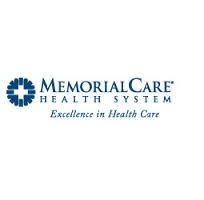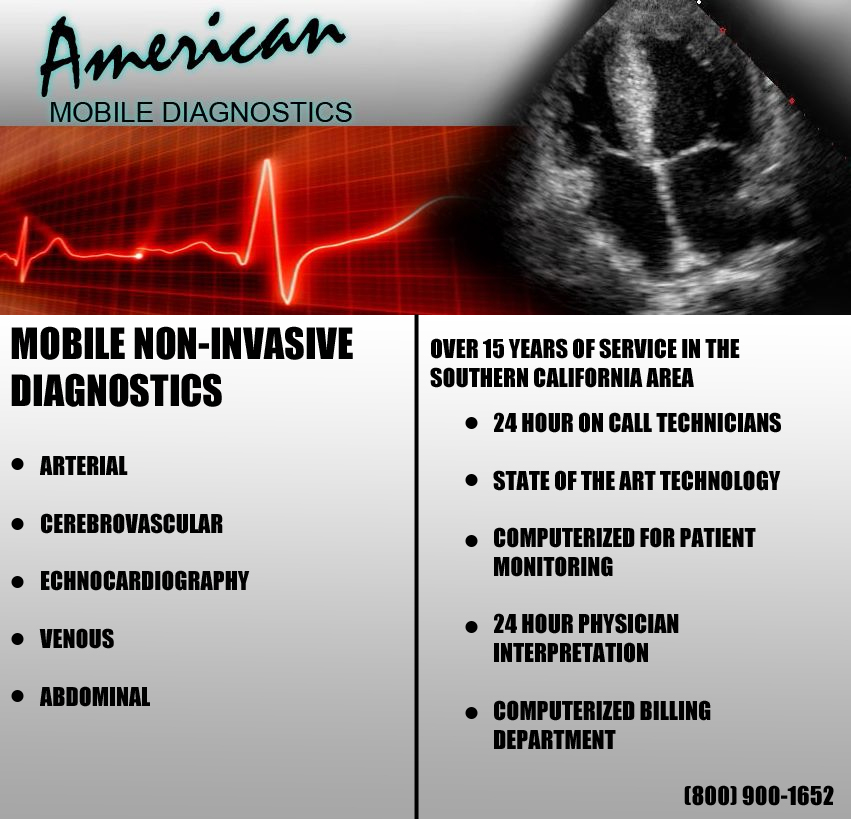Hundreds receive no-cost health screenings; more scheduled later this year.
WRITTEN BY : Greg Waskul, Contributor
DOWNEY – Two lives were saved and many other individuals with life-threatening high blood pressure were identified at the first local Primary Stroke Prevention Seminar of the year, which drew an overflow crowd of 300 people to the Rio Hondo Event Center Wednesday.
The centerpiece of the seminar was a compelling, powerful and yet easy-to-understand 45-minute presentation by RTH Stroke Foundation President and noted stroke educator Deborah Massaglia that was meant to inspire the audience to strike out stroke in their lives. Following her presentation, attendees were provided with free carotid artery and blood pressure screenings.
“We gave 290 carotid artery screenings and more than 250 blood pressure screenings,” said RTH Stroke Foundation Executive Director Guy Navarro. “Two individuals were detected with a significant narrowing of their carotid arteries, and dozens of individuals with detected with high blood pressure exceeding 140/90. We will follow up with all these people to help them get the treatment they need to help prevent a stroke.”
In a doctor’s office, the free screenings provided at Wednesday’s seminar would cost nearly $150,000.
The event was sponsored by the RTH Stroke Foundation, Rio Hondo Event Center, The Downey Patriot, Keck Medical Center of USC and the Rancho Research Institute. In addition, PIH Health provided assistance with the blood pressure screenings at the event.
This Downey seminar series, which leading stroke experts have called the most successful primary stroke prevention initiative ever undertaken in the United States, got off to a flying start for the new year with Deborah’s presentation, which provided so much valuable information that it couldn’t be contained in a single article.
As a service to our readers, and in recognition of the many lives that have already been saved and the hundreds of local residents who have learned they have life-threatening high blood pressure from these seminars, we will cover Deborah’s information-packed presentation with stories this week and next week. We hope our readers take these messages to heart because people can prevent most strokes simply by changing their lifestyle.
Deborah presented her message Wednesday clad in a Keck Medical Center of USC doctor’s lab coat, which in itself was a powerful sign of the importance of what was to come. The RTH Stroke Foundation funds the Roxanna Todd Hodges stroke clinic at Keck, named for the foundation’s caring and compassionate founder who herself was felled by a series of major strokes.
Deborah began her talk by acknowledging how people found out about the stroke seminar. “Most of you are here today because of The Downey Patriot,” she said. “Whenever there’s a story in the paper, our phones ring off the hook. We’re grateful that these articles get you in here to learn about how you can prevent stroke.”
She added that she was also grateful to Mark Shelton, who runs the Rio Hondo Event Center. “Mark gives us the room, the refreshments and the audio-visual for these seminars free of charge. He sets up and breaks down everything for us. And we couldn’t do it without his generosity, his partnership and his extraordinary sense of public service that is a testimonial to the heart of this great city.
“We try our hardest to help people prevent strokes in their lives, because it was the mission of our founder Roxanna Todd Hodges and it is our mission to eradicate stroke,” Deborah said. “Today most of the people that are in nursing homes and convalescent homes today are there because of stroke. It continues to be the leading cause of adult disability in the United States.
“And yet, we also know that we can change the world of stroke. Working with Keck USC, we are making changes for the better, and we are seeing the effects of our efforts each and every day.
“For example, 2013 was a great year for us,” she said. “We wanted to do 50 seminars and we did 53. We wanted to educate 3,000 people about stroke at our seminars and we educated over 3,300 people. We wanted to screen 2,000 people and we screened over 2,400. We really got the word out about stroke.
“There are 800,000 new cases of stroke each year in the United States, and that number continues to grow,” Deborah said. “When I started doing this nearly 20 years ago, the number was 600,000 new cases a year, so the bottom line is that stroke has grown by a third in the past two decades.”
She reported that stroke is now the fourth leading cause of death in the United States. “It used to be the third leading cause of death, but interventional medicine has improved over the years,” Deborah said. “We can now keep you alive longer after a stroke. With the therapy that’s out there today, more people are leading more meaningful lives after stroke, although unfortunately, 90 percent of people who have strokes end up with a permanent disability.”
She said that as the numbers of strokes increase, so does the cost of treating stroke. Today, $57 billion is spent per year to treat stroke in the United States.
She said one of the most important things people need to understand is the warning signs of stroke. “The key to each of the warning signs of stroke is the word ‘sudden’, because a stroke always comes on you suddenly,” Deborah said. She then explained the five key warning signs of stroke, which include:
Sudden weakness in the face, arm, leg. “You need to know that just one side of your body will be affected,” she said. “If you go to raise your arm and all of a sudden that arm is very heavy or you can’t get it to move at all, this is a sign of stroke. It may feel like it’s asleep, it may be tingly. The same thing is true with your leg.
“For example, if you are walking and you go to take a step and one leg works and the other does not, that is a definite sign of a stroke,” she said. “This should not be confused with when you lay on your leg or your arm and it falls asleep. It’s a sign of stroke when one side of your body experiences sudden weakness or numbness. Or if one side of the face droops, it’s also a sign of a stroke.”
Sudden confusion, trouble speaking or understanding: “If you are sitting and you are understanding everything I’m saying to you right now, and all of a sudden what I say to you makes no sense at all, that is a sign of a stroke,” Deborah said. “Also, you may be able to understand everything I say to you, but you may go to tell someone something and the words do not come out of your mouth correctly. One test is to see if someone can say or understand the phrase ‘Is the sky blue?’ If they can’t understand it or say it, that is a sign of a stroke.”
Sudden trouble seeing in one or both eyes: “This should not be confused with any chronic vision problems because this is a sudden change in your vision,” she said. “It could be wavy lines, it could be spots before your eyes, or it could be that you can’t see out of one or both of your eyes.”
Sudden trouble walking, dizziness, sudden loss of balance or coordination: “If you are walking as if you are drunk and you know you haven’t had anything to drink, or you see someone you’re with that is walking like that, that is a sure sign of stroke,” she said.
Sudden severe headache with no known cause: “This is the hemorrhagic stroke,” Deborah said. “This is no ordinary headache-it is like someone has taken your head and hit it hard against a wall. You feel tremendous pain and you feel it suddenly, not gradually like a tension headache coming on. Bleeding inside your brain causes this to happen.”
“These are the five warning signs,” she said. “If you are having a stroke, you will have one of these symptoms. And if someone you are with has one of these warning signs, you must get help immediately by calling 9-1-1 and saying that you or someone you are observing appears to be having a stroke. With stroke, every minute counts, and swift action can often make the difference between life and death.”
Next week: risk factors for stroke and how you can change your life to help prevent a stroke.
http://www.thedowneypatriot.com/article.do?id=17721629
 The Long Beach Wellness Center, with a stated goal of helping individuals reconnect with their own natural ability to heal, reduce stress, and promote a healthier sustainable lifestyle has now teamed with the RTH Stroke Foundation to better achieve this objective.
The Long Beach Wellness Center, with a stated goal of helping individuals reconnect with their own natural ability to heal, reduce stress, and promote a healthier sustainable lifestyle has now teamed with the RTH Stroke Foundation to better achieve this objective.

